10 Simple Ways to Engage Quiet Students
You’ve just asked one of the most thought-provoking questions of your teaching career, and you look out upon a sea of faces with anticipation. Fully expecting students to exude wonder and curiosity, you disappointingly realize…they’re tuned out. Or are they? Trying to engage quiet students can be tricky!
Are they quiet because they are inwardly engaged and processing ideas? Or, are they quiet because they are daydreaming about who is going to win the basketball tournament or what kind of dessert the lunchroom will be serving?
If you’ve ever felt like quoting the movie Ferris Bueller’s Day Off in monotone…
Bueller, Bueller, Bueller, Bueller?
…then the strategies in this post will wake up those sleepy heads and give you a better snapshot of what they’re thinking.
1. Turn and Talk
Turn and talk is an underutilized engagement strategy. When students are silent in a whole-class setting, switch gears for a minute. Turn to the person next to you and talk about ____. I’m really interested in hearing your ideas! I’ve found it’s efficient to designate “elbow partners” when switching seating charts. That way, every time you tell students to turn to their “elbow partner,” no time is wasted in the process.
And, there are three lesser-known variations on the turn and talk.
In the “pair square” version, students turn an talk to their elbow partners and then square up with another pair to make a group of approximately four students. With this approach, students share their ideas, test them out in a small setting, and expand their thinking with more perspectives.
And, in the second variation (write-pair-share), students write before pairing and sharing. Some students will be more willing to engage verbally if they’ve had time to process individually and write down initial thoughts.
As another option, students could engage in “stand and talks.” Basically, this means they stand up, walk around the room, and find new partners to talk with. To energize the room further, add music!
Caveat: The “pair square” and “write-pair-share” approaches do take a little more time than the simple turn and talk.
2. Rainbow Voices
Color is one way to make sure all voices are heard. Using Jamboard, Google Slides, Padlet, or even big paper or Post-Its, ask each student to commit to a color.
Give students a prompt, some time to think, and let them make notes using their color. When it comes time to discuss in small groups or as a whole class, each person’s voice is represented, even if all ideas aren’t shared out loud.
Alternatively, share a photograph or prompt so that students can make inferences or analyze perspective. Students can use color to represent the type of response, whether they are asking a question, making an inference, analyzing author’s purpose, or giving an opinion.
When students are responding to a whole-class question, why couldn’t they type out their responses in a Google Doc using a distinguishing color?
3. Informal Polls
Keep it simple! One of my favorite ways to engage quiet students is with informal polls. When I use them, my introverted students often take a noticeable sigh of relief. They are heard, they can participate, but they’re not under pressure! And, I get great data about where my class is in real time.
So, here are some very non-earth-shattering strategies for conducting informal polls:
- red, yellow, green…students can indicate their level of interest, understanding, confidence, assistance needed
- ABCD…have students respond to a multiple choice style question by going to stand in a corner of the room that corresponds with that letter…OR…have them hold up a small piece of paper with the letter on it
- 1-5…easy and non-threatening, students can put up fingers to indicate understanding or agreement
- thumbs up or down…as a general whole-class decision making tool, for true/false, or for agree/disagree
I love using physical cards to represent the colors and the letters, but if you prefer digital, PearDeck, Jamboard, and Google Forms are all good options.
4. Visuals
Images present unique opportunities for critical thinking. And, somehow they shift attention away from the nervousness of participating and onto the creativity of connections.
We can ask students: How does this picture relate to what we are studying? Students can write captions to accompany the pictures if you’d like them to write their thoughts out before participating.
This strategy works well with drawings, songs, picture books, and other pop culture elements as well. Students can make connections to vocabulary words, main ideas, mathematical principles, scientific concepts, historical time periods, and much more.
5. Stations
When it comes to engaging quiet learners, you can’t beat movement, collaboration, and chunking. Learning stations are a creative way to add variety to learning. When designing station activities, keep in mind that low floor, high ceiling tasks are best for inviting students into conversation. Posing questions or creating tasks that provide access points to various levels of thinking will result in more engagement.
For example, when learning how to synthesize, provide students with a choice board full of high-interest reading on a topic. Then, ask them to discuss what they have learned using thoughtful discussion prompts. This open-ended approach positions students to do the work as they engage in critical thinking and dialogue with peers.
6. Brain Dumps
Sometimes students don’t participate because they’re on information overload. A simple solution? Intentionally build in brain breaks to help them process what they are learning.
Research shows that brain breaks are incredibly important for focus, mood, attention, and memory. Brain dumps are similar, but the break is specifically designed for students to make sense of the information floating in their head. This strategy is an opportunity for students to ask questions, make connections, and reduce overwhelm.
Brain dumps can happen on paper, digitally, or via conversation. Here are some examples of prompts to use with students:
What…
- …is your most important learning so far, and why?
- …surprises you most, and why?
- …is most confusing, and why?
- …might appear on a test or quiz, and why?
This is a list of alternate brain dump-style formative assessments students can complete in under 90 seconds.
Brain dumps are amazing for engaging quiet students, but it also helps all students to remember what they learn. Providing time to process thinking helps to reduce stress, anxiety, and even depression.
7. Micro-Debates
When I taught sophomore English for the first time, I stumbled upon micro-debates by accident. At the time, I didn’t know there was a name for what I was doing. The concept was simple. I just began incorporating daily mini debates as bell ringers. My priorities were getting students thinking and engaged from the moment the bell rang. I also wanted them to work on communicating effectively and truly listening to what others had to say.
As it turns out, using micro-debates is a very effective strategy for student engagement. Some students will naturally want to take on a listening role, but we can encourage them to participate by first using a turn and talk or allowing them to write out some thoughts. Or, have students face one another in two rows, and let them do some speed debating instead of a whole-class approach.
Micro-debates come in handy when it’s time for an argumentative research unit because students have already had exposure to multiple topics.
8. Chalk Talks
Chalk talks are silent discussions on big paper or digital whiteboards. (Think: Padlet and Whiteboard.chat)
To get started with chalk talks, explain to students that Chalk Talk is a silent activity. No one should be talking, but anyone can add to the conversation as they feel moved to do so.
Write a thought-provoking question in a circle on the board, big paper, or your digital communication tool. For instance, you may ask:
- What behaviors and attitudes contributed to a productive work environment today?
- How is this text pushing your thinking?
- What do you know about _____?
- What is the real-world relevance of what we are learning?
Of course, the possibilities for prompts are endless.
Then, make sure each student has chalk, a marker, or their writing utensil of choice. And, get started! Students can comment on your initial question, or they can build on subsequent comments. Ideally, students would draw lines to connect their ideas to others in the silent discussion.
To enhance the silent conversation and engage quiet students, show them how to circle interesting ideas, write questions about others’ comments, and enhance the conversation with other annotation symbols.
9. Misconception Checks
Misconception checks are a quick strategy for engaging students in conversation about an upcoming or current skill or topic. For example, many students have difficulty explaining theme. Before teaching students about theme, you may decide to pose a statement like, “Freedom, love, and friendship are all examples of universal themes.” True or False?
Then, allow students to debate with peers. Listen to what they have to say! Their quick discussions will give you information about where to begin. If students think these one-word topics are themes, you know you need to begin by scaffolding from topics to themes. However, if students engage in healthy conversation about how one-word themes are debatable and that the best themes express a truth about life that extends beyond the text….well! Then they’re ready to skip the “What’s a theme?” mini lesson and head straight to analyzing.
10. Sensory Connections
Making sensory connections is an underutilized tool. When working with difficult concepts, appealing to the senses can enhance understanding. Use visual elements like drawing to push thinking.
- Draw four different ways to think about 1/4 as a fraction.
- Create a concept map that shows how these three grammar concepts relate: sentence structure, punctuation, and conjunctions.
- Illustrate this vocabulary word in a way that the drawing symbolizes the meaning of the word.
Ask students to connect what they are learning to other senses as well – taste, touch, smell, and sound.
- What does a subject taste like? a predicate? – Students may respond that the subject tastes like a steak dinner. It’s the substance of the meal. The predicate may taste like dessert…verbs add a level of pizzazz to the subject. Ex: Timmy zooms down the street on his scooter.
Combine sensory connections with any of these additional art in the classroom strategies to add something new to your lesson plans.
And, that’s TEN ways to engage quiet students. The strategies in this post can work with any content area.
Of course, engaging quiet students involves more than a simple list of teaching and learning strategies. In order for these approaches to work, we have to create safe spaces, build relationships with students, and plan lessons that are meaningful to our students.
It’s helpful to remember that just because a student is quiet doesn’t mean they aren’t engaged. Some students thrive off of listening to others, and they may be deeply engaged in critical thinking behind the scenes. Drawing them out of their shell so that we can access that thought process is a delicate art.
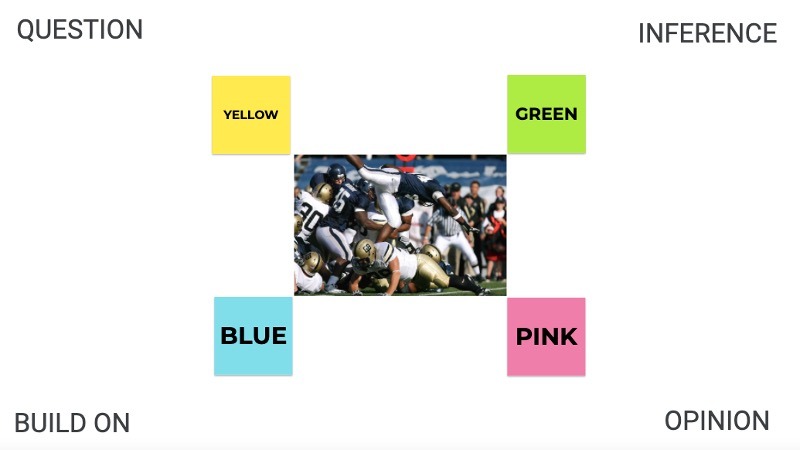

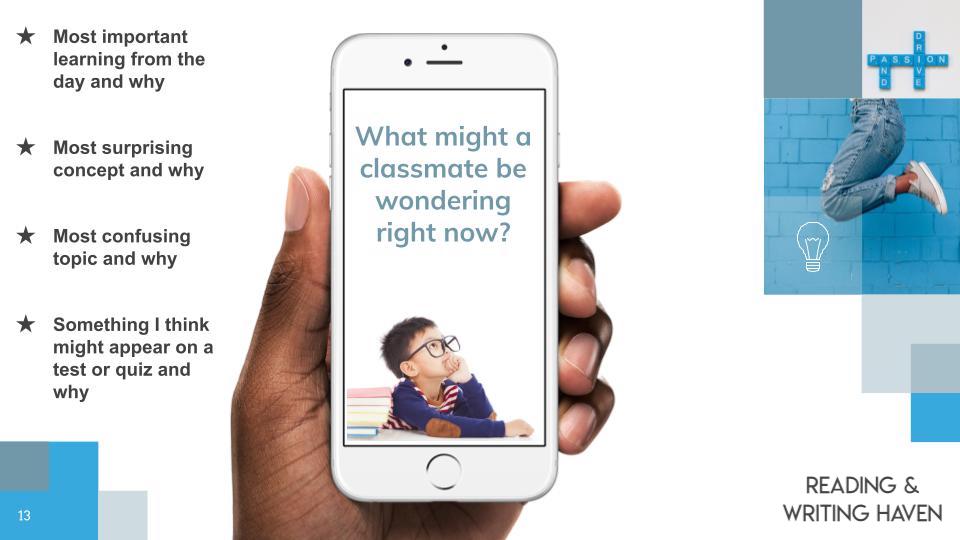
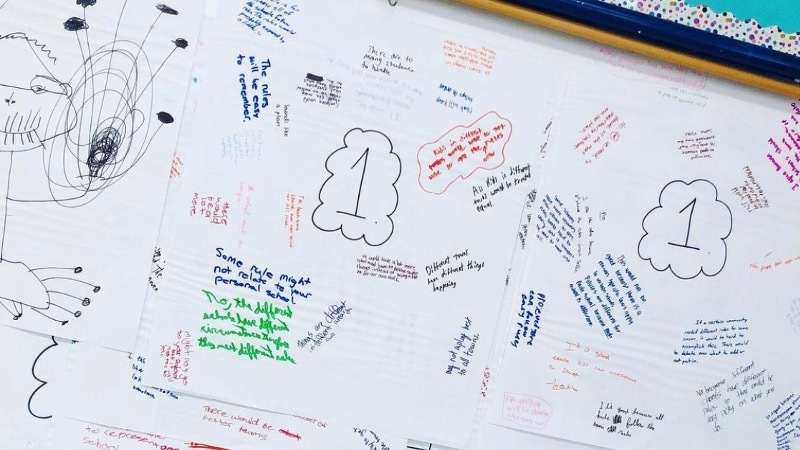
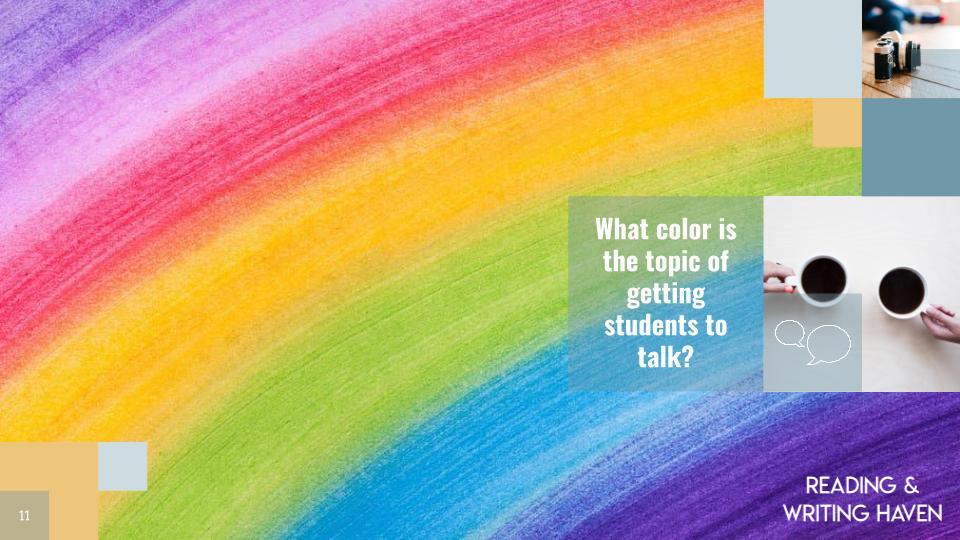
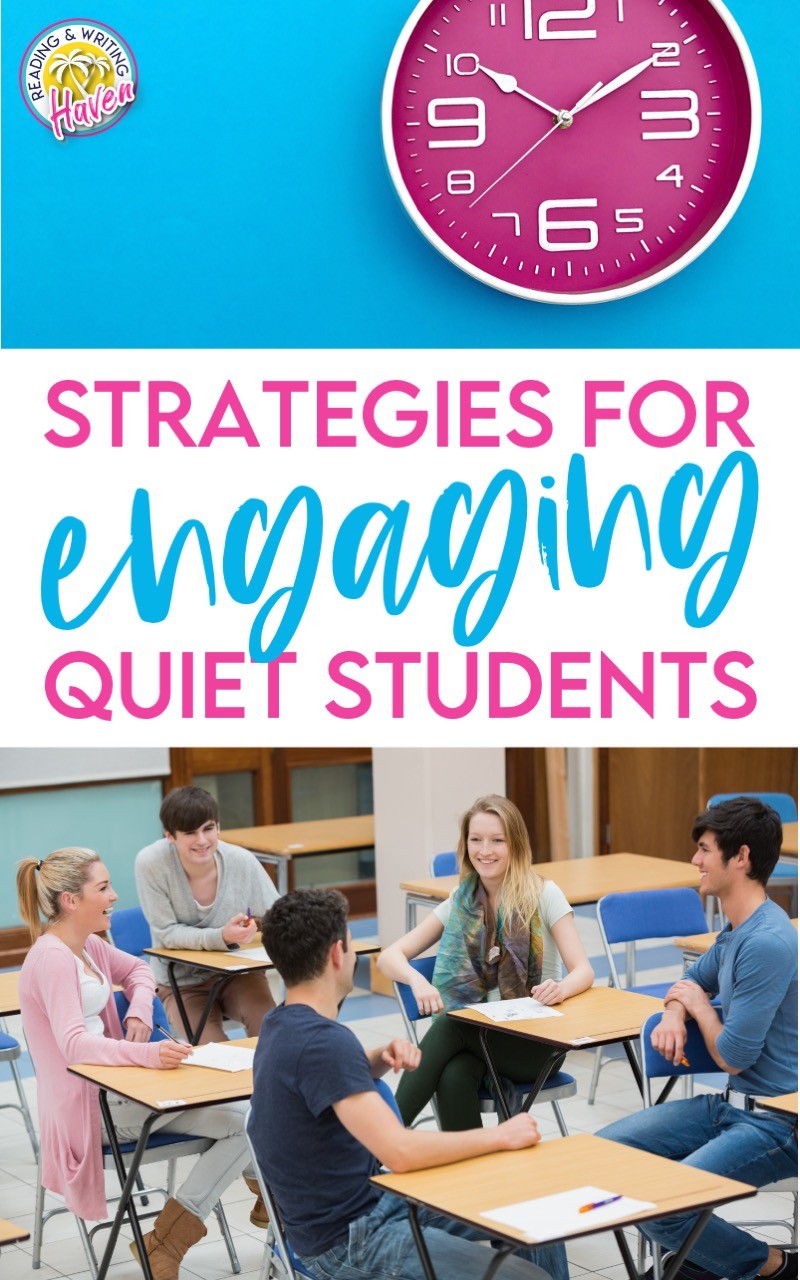
I work for a small campus of a major university. I so appreciate your website! I have used some of your suggestions with our students! Thank you for all you do!
It’s wonderful to hear that the content here is helpful to you, Jackie! Thanks so much for your readership.